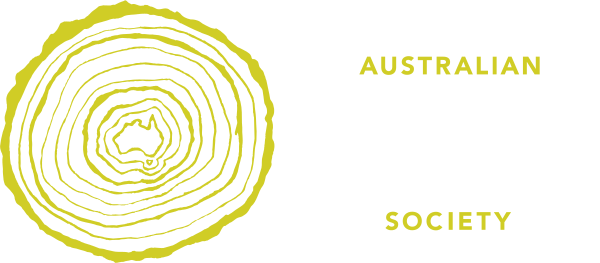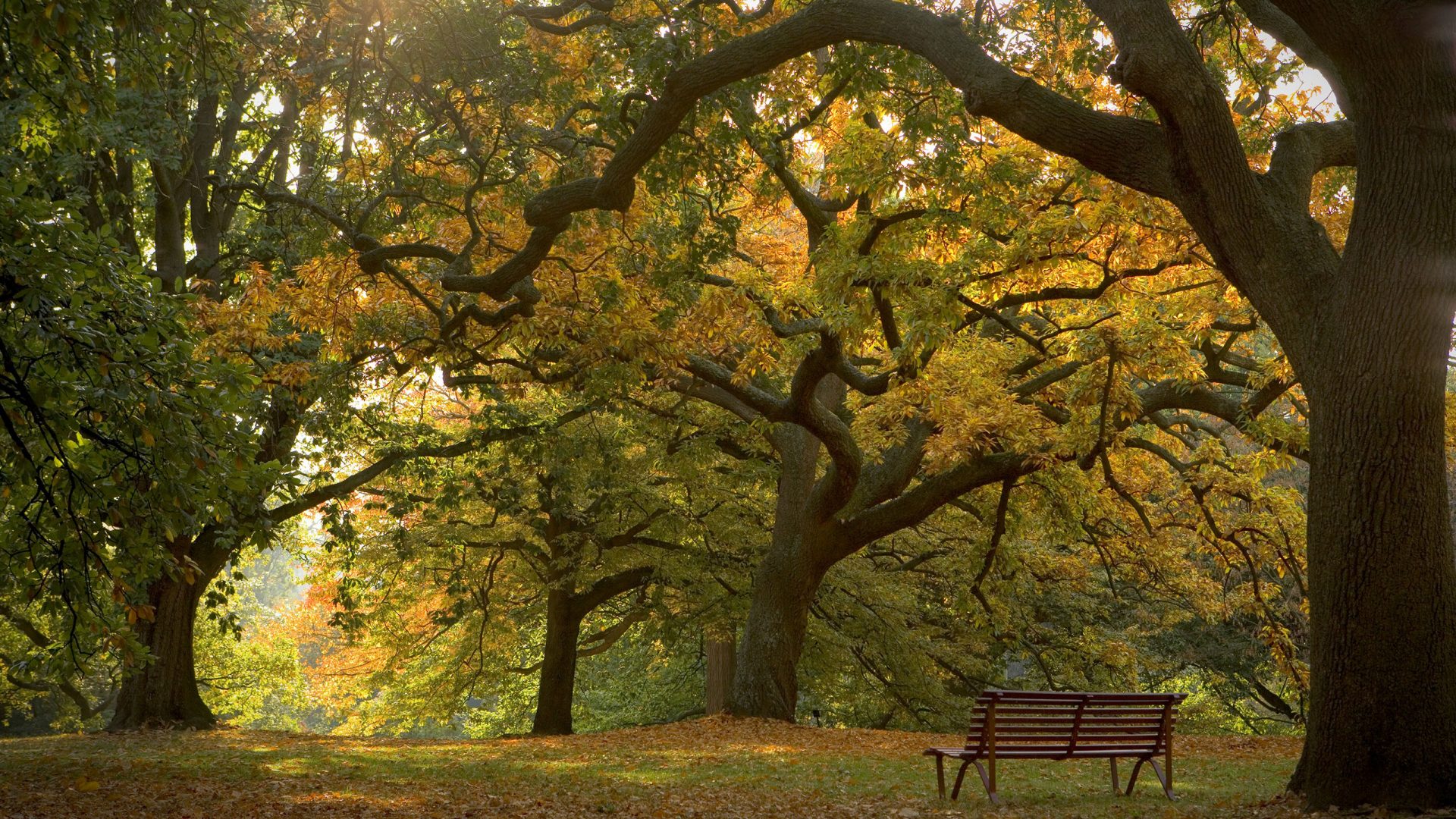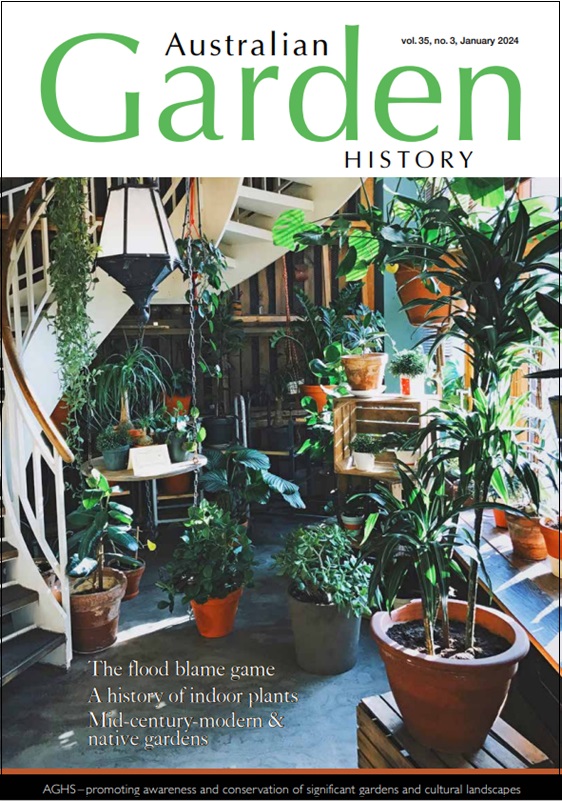Contents
The flood blame game: A Brisbane case study Margaret Cook
Floods may be natural, but without humans are not disasters. A case study of Brisbane floods between 1893 and 2022 highlights how humans have sought something or someone to blame rather than accept that a flood disaster is the direct consequence of societal decisions.
The indoor garden: A short history of potted plants in the house Tim Gatehouse
For thousands of years, plants have been brought into the house for medicinal and culinary purposes as well as for their beauty.
Southern Californian meets Australian native: Mid-century modern gardens in Canberra Anna Howe
In the 1960s, Australia started adopting designs for a new way of living that had originated in 1950s in California. Both places had similar climates, suburban environments and outdoor lifestyles. The transplanted design axioms included an emphasis on landscaped spaces for living; plants as sculpture; and integration of house and garden. These principles found ready expression in new suburbs being built in Canberra. Native plantings, however, were common in both places.
The Melbourne International Exhibitions Gardens, music and recreation Sarah Kirby
In 1880, the newly built Royal Exhibition Building in Melbourne’s Carlton Gardens hosted the first international exhibition in the colony of Victoria. This was followed in 1888 by an even grander exhibition to celebrate the centenary of colonisation. International exhibitions were vast events, where invited countries displayed their artistic, scientific, industrial and cultural products in a competitive environment, supposedly to demonstrate the collective achievements of humanity. They were also, almost universally, held in buildings surrounded by landscaped gardens, filled with passive pleasures and active entertainment, most prominently, live music. This article explores the two Melbourne exhibitions’ gardens and the musical activities that took place within them.
Charles and Laurette Bogue Luffman: The fifth instalment Sandra Pullman
In 2003, the author wrote a three-part series on the first principal of the Burnley School of Horticulture, Charles Bogue Luffman (1862–1920) that detailed his life. Then, in 2019, this was followed up with new information. Continuing these 20 years of research, further exciting information has been uncovered, thanks to Mrs Luffman’s unpublished memoir and Trove. Here is the fifth instalment.
Acanthus mollis L. – Bear’s breeches John Dwyer
There are some 30 species of acanthus, but according to Olive Mellor in Complete Australian Gardener Illustrated (c. 1951), Acanthus mollis is ‘the only member of this family much grown’. Acanthus mollis deserves its place in our gardens, provided that care is taken to prevent it becoming a garden escape. The long and varied cultural associations make it a plant with a fascinating history that complements its glossy leaves and statuesque flowers.
For the bookshelf: A Lady’s Pen: The botanical letters of Georgiana Molloy by Bernice Barry. Reviewed by Gillian Lilleyman
In A Lady’s Pen, Barry affirms Georgiana’s place in the field of 19th century scientific endeavour as the first woman in Western Australia to become internationally successful as a botanical collector
Advocacy: Glenlee Glenyss Barnham
et on the Lugarno peninsula in New South Wales, Glenlee is an oasis in a desert of urban sprawl. Listed by the National Trust for its Aboriginal cultural heritage and significant early settler history, it is a time capsule of our earliest NSW history. Residents are fighting to save it from destruction.
Profile: Introducing Sarah Edwards, AGHS Executive Officer
AGHS national oral history collection: Carmel O’Halloran
Carmel O’Halloran talks of his life and involvement with the Australian Garden History Society.


